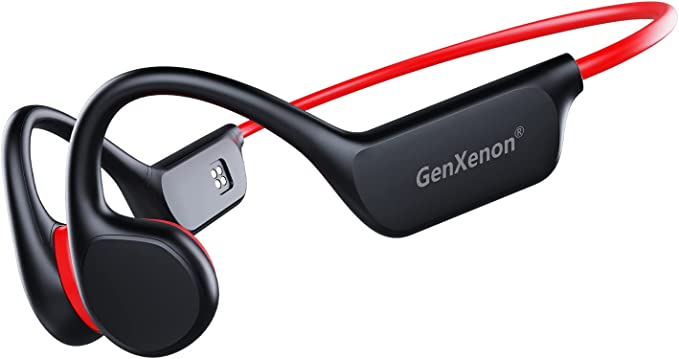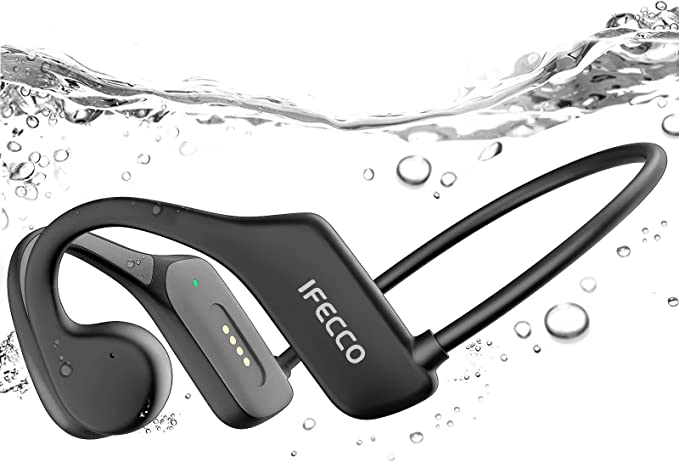Beyond the Odor: Mitigating Zoonotic Risks from Litter Boxes in the Modern Home
Update on Oct. 12, 2025, 5:41 p.m.
The bond between humans and their feline companions offers immeasurable benefits, enriching our lives with companionship, reducing stress, and promoting well-being. To cherish this bond responsibly is to acknowledge and manage the full spectrum of care, which includes not only nourishment and affection but also a diligent approach to hygiene. Within our shared domestic ecosystem, the litter box represents a key intersection of animal health and human public health. While the risks are manageable, for certain individuals—particularly pregnant women, young children, and those with compromised immune systems—understanding and mitigating potential zoonotic (animal-to-human) disease transmission is a critical aspect of responsible pet ownership. This discussion is not intended to create fear, but to empower cat owners with scientific knowledge, transforming anxiety into informed action.
Disclaimer: This article provides general information and is not a substitute for professional medical or veterinary advice. Always consult with your doctor and veterinarian for guidance tailored to your specific health situation.

From a microbiological perspective, a litter box is a dynamic environment. It is a concentration point for a variety of microorganisms, most of which are harmless. However, it can also serve as a vector for certain pathogens. The most frequently discussed of these is Toxoplasma gondii, a single-celled parasite for which cats are the definitive host, meaning the parasite can only complete its reproductive cycle within a feline. According to the U.S. Centers for Disease Control and Prevention (CDC), while toxoplasmosis can be a serious illness for a developing fetus and immunocompromised individuals, the primary route of human infection is not through contact with pet cats. The majority of cases stem from consuming undercooked, contaminated meat or from contact with contaminated soil or water.
Understanding the parasite’s life cycle is crucial for rationally assessing and managing the risk from a household cat. An infected cat sheds the parasite’s oocysts (eggs) in its feces. Crucially, these oocysts are not immediately infectious. They must undergo a process called sporulation, which, depending on environmental conditions, takes between 1 and 5 days. This fact represents the single most important vulnerability in the parasite’s transmission chain. If cat feces are removed from the litter box daily, before the oocysts have had time to become infectious, the chain of transmission is effectively broken. The core principle of risk management, therefore, is not the absence of the cat, but the timely and safe removal of its waste.
This principle informs the gold standard for litter box hygiene: prompt removal and physical isolation. The challenge with traditional, manual scooping lies in human consistency. A busy day, a weekend away, or simple forgetfulness can extend the time waste remains in the box, potentially opening that critical window for sporulation. Furthermore, the act of scooping itself can create airborne dust and requires direct proximity to the waste, necessitating strict personal hygiene practices like wearing gloves and thorough handwashing. For pregnant individuals, the CDC explicitly recommends that they avoid changing the litter box altogether if possible.
This is where modern technology can be viewed through the lens of public health as an effective “engineering control.” A term used by institutions like the National Institute for Occupational Safety and Health (NIOSH), engineering controls are strategies that redesign a system or piece of equipment to remove or reduce a hazard at its source. An automated, self-cleaning litter box is a prime example of such a control applied to a domestic setting. Its primary function—to automatically detect when a cat has used the box and remove the waste into a contained receptacle within minutes—directly addresses the core principle of timeliness. It doesn’t just make life more convenient; it systematically enforces the “under 24-hour” rule, ensuring waste is cleared long before Toxoplasma oocysts could become infectious.
Furthermore, these systems provide a superior level of isolation. Once waste is collected, it is deposited into a sealed compartment or bag, minimizing ongoing odor and, more importantly, preventing further contact. Models that feature a closing door during the cleaning cycle, like the SMARTELF system, add another layer of containment, preventing the dispersal of dust or particles during the mechanical raking process. This automated process of “scoop and sequester” dramatically reduces the need for frequent human interaction with the waste, aligning perfectly with public health recommendations for at-risk individuals. By automating the riskiest parts of the task, these devices allow vulnerable household members to avoid the chore entirely, while still ensuring it is performed with a level of consistency that manual methods struggle to match.

Beyond the specific concern of toxoplasmosis, diligent litter box hygiene is also key to controlling common bacteria such as E. coli and Salmonella. While less frequently discussed, these bacteria can also be present in cat feces and pose a risk of gastrointestinal illness in humans. As research in publications like the Journal of Applied Microbiology has shown, bacterial loads can multiply in soiled litter. A system that frequently removes solid waste and maintains a drier litter environment inherently helps to suppress the proliferation of these bacteria, contributing to a healthier overall home environment for both pets and people. A clean box is also better for the cat, reducing its exposure to pathogens that could cause it harm.
In conclusion, living with and loving cats is a safe and rewarding experience. The health risks associated with them are well-understood and, most importantly, highly manageable. Responsible pet ownership is about embracing scientific knowledge to create a shared environment that is safe for everyone. By understanding the simple biology of pathogens like Toxoplasma gondii, we can replace fear with effective strategies. While meticulous daily scooping remains a valid method of control, automated litter box systems offer a powerful, modern engineering control that enhances safety by ensuring timeliness and isolation. They are tools that help us better fulfill our duty of care, allowing us to focus on the joy, not the worry, of our lives with our feline family members.





























